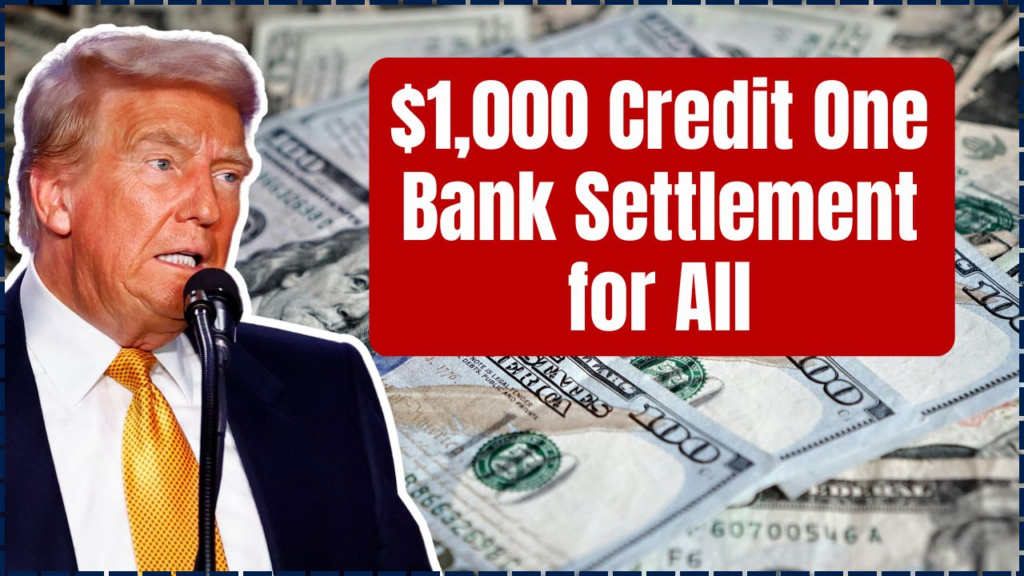
Credit One Bank has agreed to a $14 million settlement in a class action lawsuit over allegations that it violated the Telephone Consumer Protection Act (TCPA). The settlement, announced in late September 2025, will provide compensation to U.S. consumers who received unauthorized robocalls from the bank between 2014 and 2019.
$1,000 Credit One Bank Settlement for All
| Key Fact | Detail/Statistic |
|---|---|
| Settlement Amount | $14 million |
| Eligible Consumers | U.S. consumers who received robocalls from Credit One Bank between 2014-2019 |
| Maximum Payout | Up to $1,000, depending on claims and documentation |
| Deadline for Claims | To be announced (expected later in 2025) |
| Settlement Approval Hearing | Scheduled for November or December 2025 |
Background of the Robocall Settlement
In a significant legal development, Credit One Bank has agreed to settle a class action lawsuit by paying $14 million. The lawsuit, which was filed in 2019, accused the bank of making unauthorized robocalls to consumers without their consent, violating the Telephone Consumer Protection Act (TCPA). Under this federal law, companies are prohibited from making unsolicited calls using automated technology without the recipient’s prior consent.
The settlement is part of ongoing efforts to curb robocalls in the U.S., which have become a growing source of frustration for consumers. According to data from the Federal Communications Commission (FCC), over 50 billion robocalls were made in 2024 alone, with banks and financial institutions often at the center of these complaints.
Eligibility for the Credit One Bank Robocall Settlement
Consumers who received automated calls from Credit One Bank between 2014 and 2019 may be eligible for compensation as part of this settlement. Individuals do not need to have been customers of the bank to qualify for the payout. However, they must have received robocalls or prerecorded voice messages from the bank or its affiliates during this time period.
To verify eligibility, individuals will need to submit a claim, providing personal information and relevant details about the calls they received. Consumers who can offer documentation, such as call logs, voice recordings, or screenshots, may be eligible for higher compensation.
How Much Compensation Can You Expect?
The total payout for each claimant will depend on the number of valid claims submitted. Those who provide solid documentation of the calls they received could see a payout of up to $1,000. In the event of a large number of claims, payouts may be reduced, with estimates ranging between $50 to $500 per claimant. A smaller pool of claims could result in higher payouts for individual claimants.
Applying for the $1,000 Credit One Bank Settlement
Claimants can submit their applications through an online form on the official settlement website, which will be activated in the coming weeks. Alternatively, individuals can apply by mail using a paper claim form. While providing documentation is not required, it can help substantiate claims and potentially increase the payout.
The deadline for submitting claims is expected to be announced soon, though consumers are encouraged to act quickly once the process is open to ensure they do not miss out.
Legal and Regulatory Context
The settlement follows growing pressure on financial institutions and other companies to comply with stricter regulations regarding unsolicited communications. The TCPA, passed in 1991, set clear rules around robocalls, requiring companies to obtain prior consent before placing automated calls. This law has led to numerous class actions in recent years, with major corporations facing fines and settlements for non-compliance.
In this case, Credit One Bank was accused of contacting consumers without their consent, including making calls for marketing purposes or to collect debts. As part of the settlement, the bank has agreed to implement measures to prevent future violations, though the specifics of these measures have not been disclosed publicly.
How This Settlement Affects the Robocall Landscape
This settlement is one of many ongoing efforts to hold corporations accountable for unwanted robocalls. The case highlights the increasing enforcement of the TCPA, as well as the growing frustration of consumers with unsolicited automated communications. Experts say that settlements like this one may serve as a deterrent to other companies, encouraging them to adopt more stringent practices to comply with the law.
“The scale of the settlement and the fact that the claims span several years demonstrate the seriousness with which regulators are treating these violations,” said Dr. Emily Reynolds, a communications law expert at Stanford Law School. “Consumers are sending a clear message that they will hold companies accountable for overstepping boundaries with robocalls.”
Next Steps and Potential Future Developments
With the settlement now confirmed, affected consumers should keep an eye out for the official launch of the claims process. The settlement administrator is expected to release more detailed instructions regarding eligibility, the claims process, and the deadline for filing. If the settlement is approved without delay, consumers could begin receiving payouts in mid-2026.
Consumers who believe they are eligible for the settlement should gather relevant information about the calls they received, including phone numbers, dates, and any saved voicemails or text messages. Prompt action will help ensure they do not miss the chance to claim their portion of the $14 million fund.

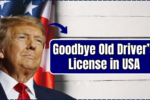


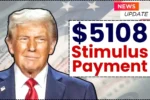
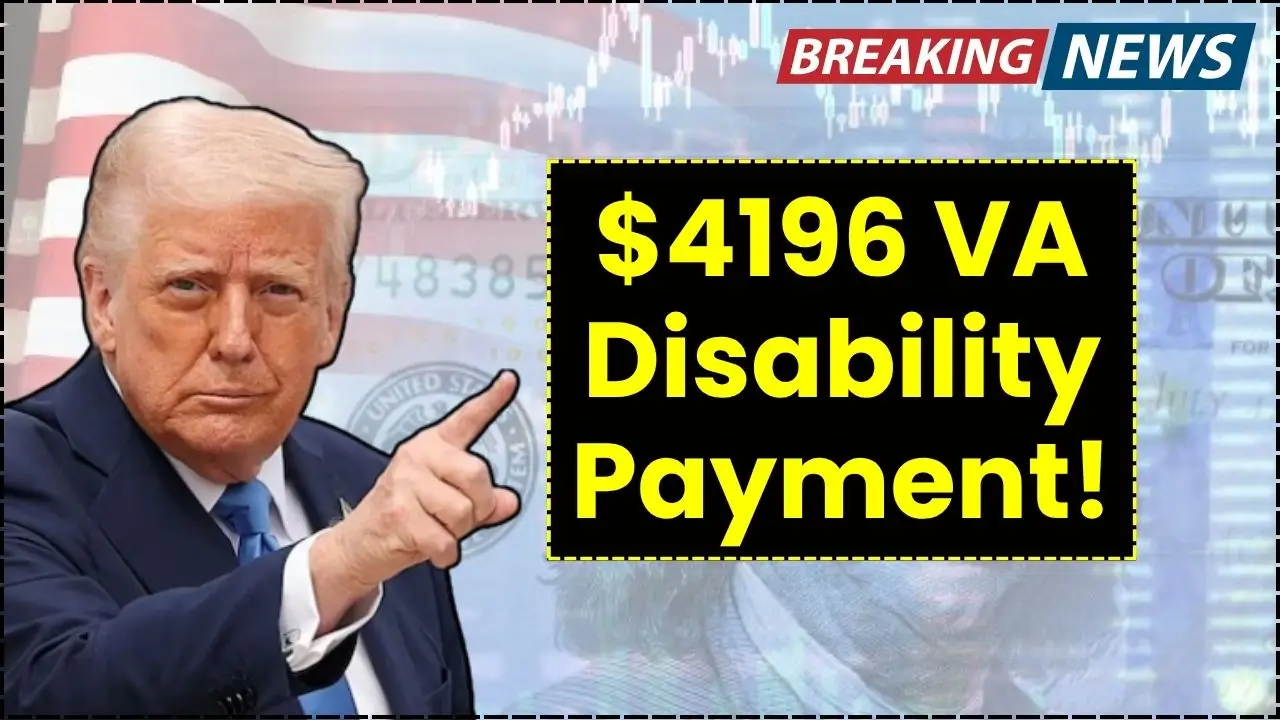
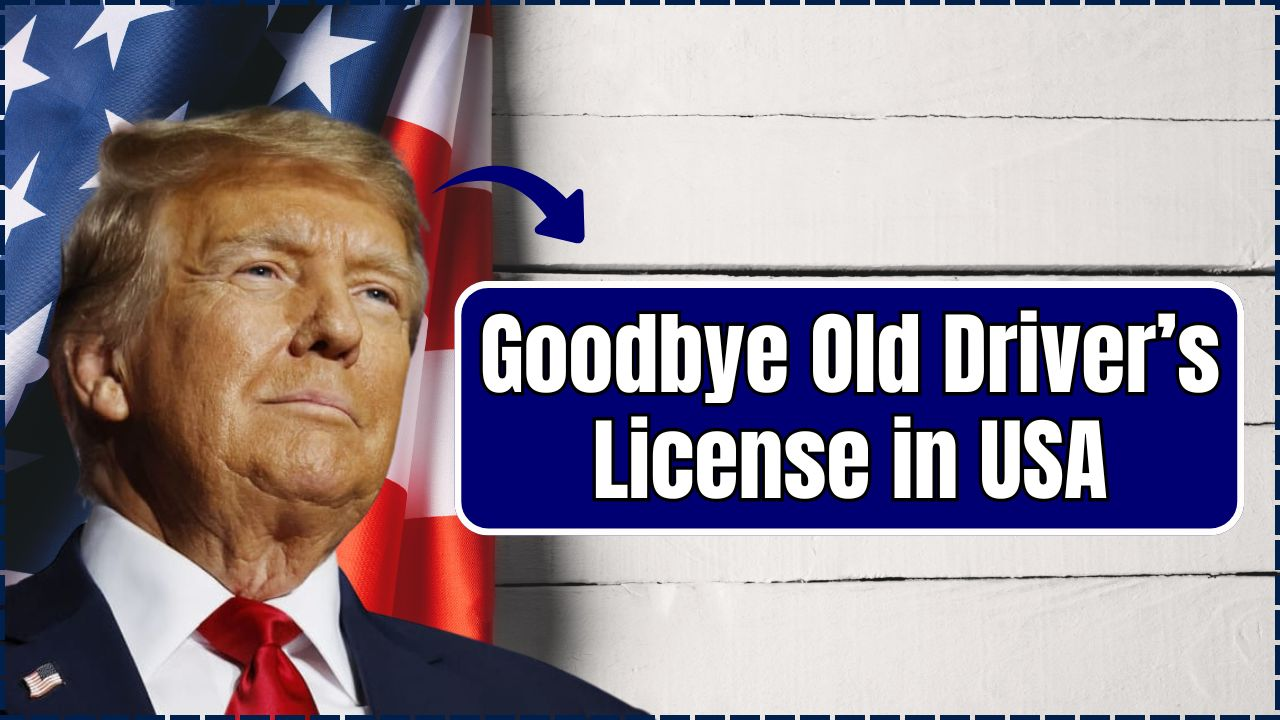
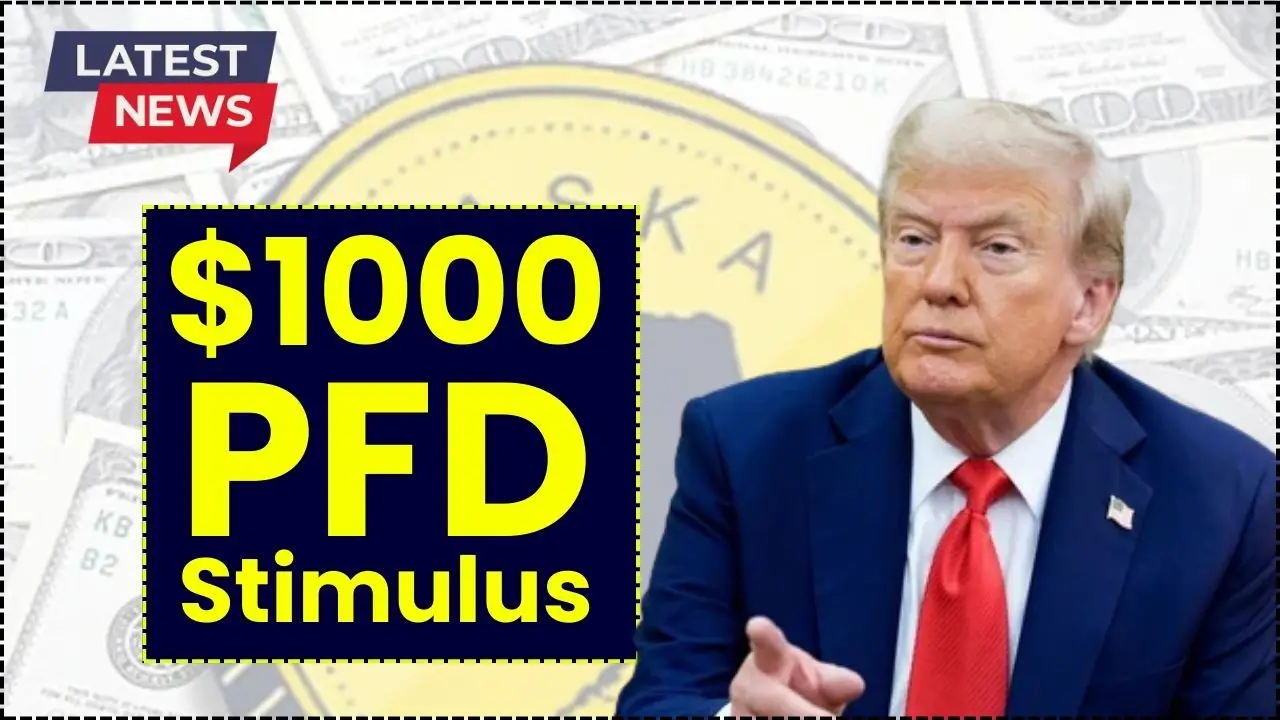
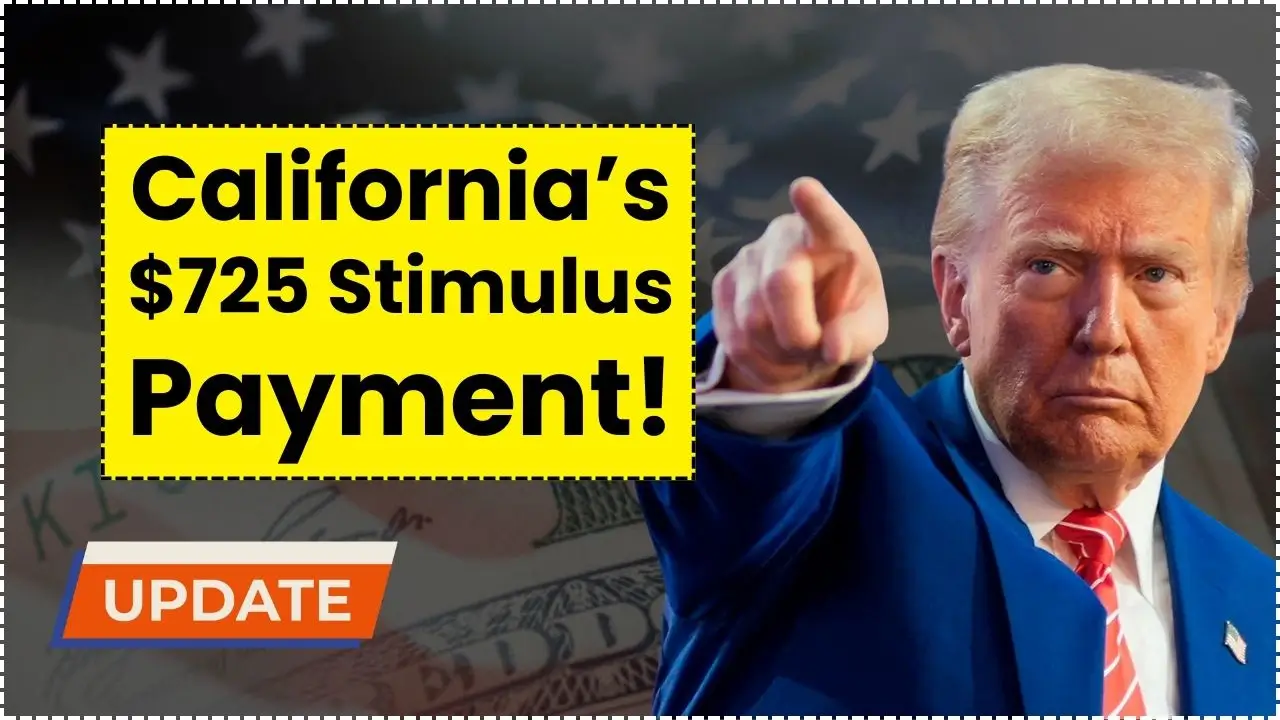
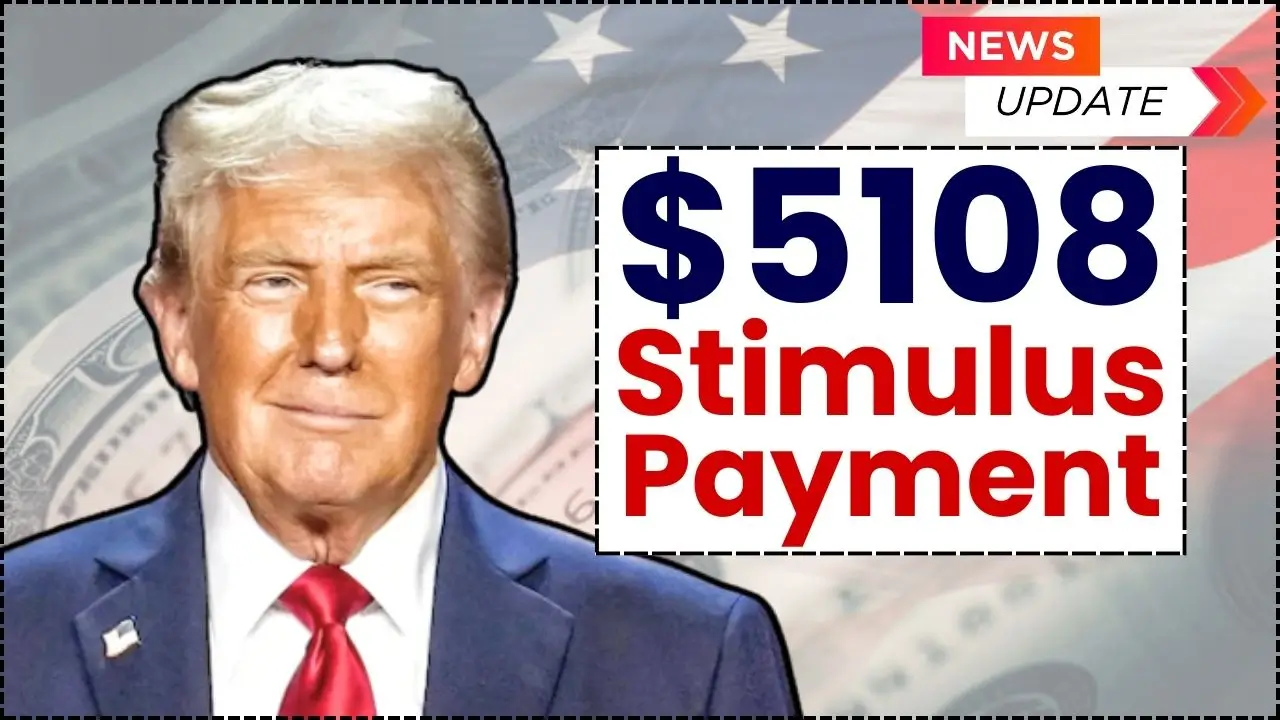
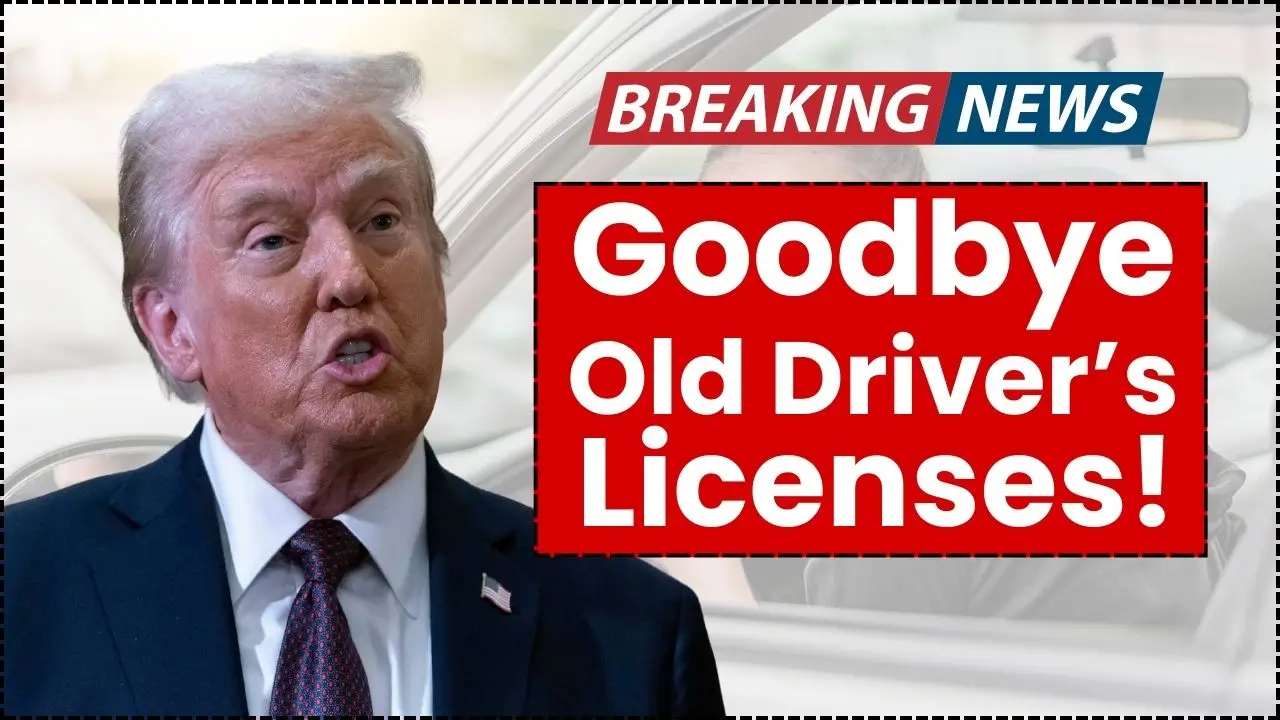


 Claim Here!
Claim Here!